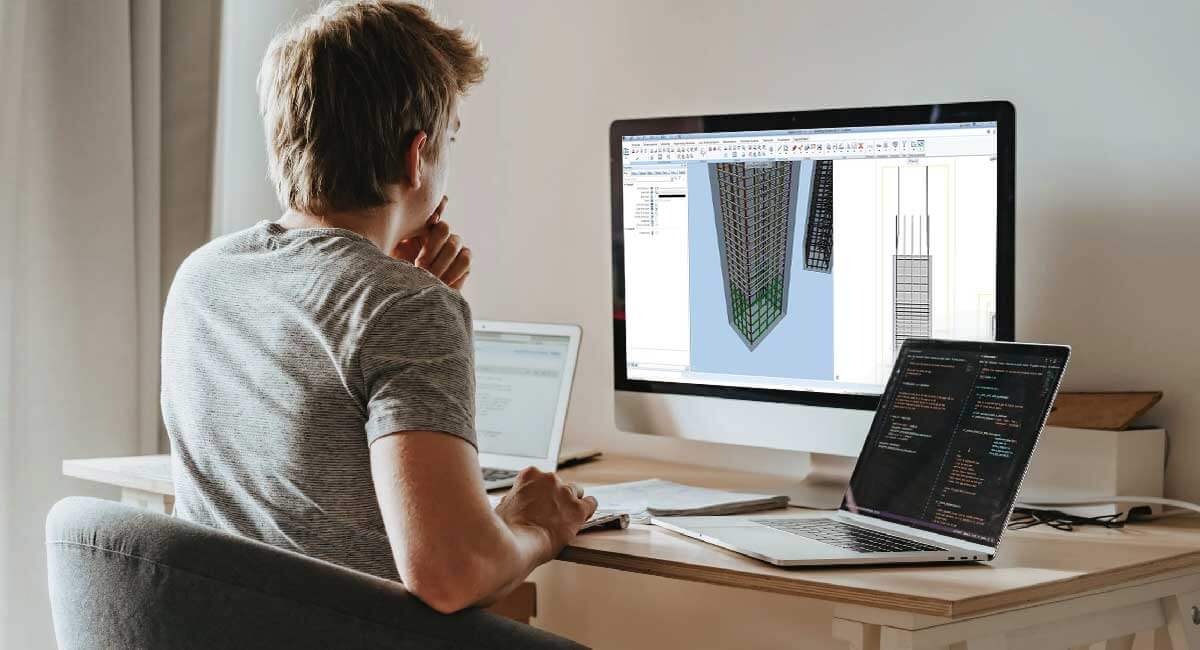
Tuning a car can be a fun and rewarding hobby for those who enjoy tinkering with their vehicle’s performance. One popular method of tuning a car is through the use of a laptop and specialized software. This article will discuss the steps involved in How To Tune A Civic With A Laptop.
How To Tune A Civic With A Laptop
Before you start tuning your Honda Civic, there are a few things you should consider:
- Knowledge and skills: Tuning a car requires certain knowledge and expertise. If you are new to car tuning, it is important to research and familiarize yourself with the process before attempting to tune your Civic.
- Safety: Tuning a car can be dangerous if not done properly. Make sure you have a safe and secure workspace and follow all safety precautions when working on your vehicle.
- Legal considerations: In many areas, it is illegal to make modifications to your car that do not meet emissions standards or other legal requirements. Make sure you are aware of the laws in your area and do not make any illegal modifications to your Civic.
- Cost: Tuning a car can be a costly hobby. Make sure you have the necessary budget to cover the cost of any parts and software you may need.
Step 1: Gather the necessary equipment
Before you begin tuning your Civic, you must gather the necessary equipment. This includes:
- Laptop: You need a laptop with sufficient processing power to run the tuning software.
- Tuning software: Several different tuning software programs are available on the market. Some popular options include Hondata, K-Tuner, and Neptune.
- OBD-II scanner: An OBD-II scanner is a device that plugs into your Civic’s diagnostic port and allows you to access the car’s engine control unit (ECU). This is necessary for tuning the car’s performance.
- Cable: You will need a cable to connect the OBD-II scanner to your laptop.
Step 2: Install the tuning software
Once you have gathered all the necessary equipment, installing the tuning software on your laptop is next. Follow the instructions provided by the software manufacturer to install the program properly.
Step 3: Connect the OBD-II scanner to the Civic
Next, you will need to connect the OBD-II scanner to your Civic. Locate the diagnostic port, which is usually under the dashboard on the driver’s side of the car. Plug the scanner into the port and follow the instructions provided by the manufacturer to connect it to your laptop.
Step 4: Access the ECU
Using the tuning software, you can now access the ECU and adjust the car’s performance. The ECU controls various aspects of the car’s performance, including the fuel and ignition systems and the boost pressure on turbocharged engines.
Step 5: Make adjustments to the ECU
Using the tuning software, you can now make adjustments to the ECU to improve the performance of your Civic. This may include increasing the boost pressure on a turbocharged engine, adjusting the ignition timing, or altering the fuel delivery to the engine.
Step 6: Test and fine-tune
After making adjustments to the ECU, it is important to test the car’s performance to ensure that the changes have had the desired effect. Take the Civic for a test drive and pay attention to any changes in acceleration, fuel economy, and overall performance. If necessary, make additional adjustments to
Conclusion
In conclusion, tuning a Honda Civic with a laptop can be a fun and rewarding hobby for car enthusiasts. Following the steps outlined in this article, you can adjust your car’s performance and improve its overall capabilities. However, it is important to keep in mind the necessary precautions and legal considerations before beginning any tuning project. With the right knowledge, skills, and equipment, you can successfully tune your Honda Civic and take your driving experience to the next level.
About The Author
My name is Abdul Rehman and I’m a tech and pets enthusiast. I want to help people learn more about their everyday devices and solve easy and complex issues.






